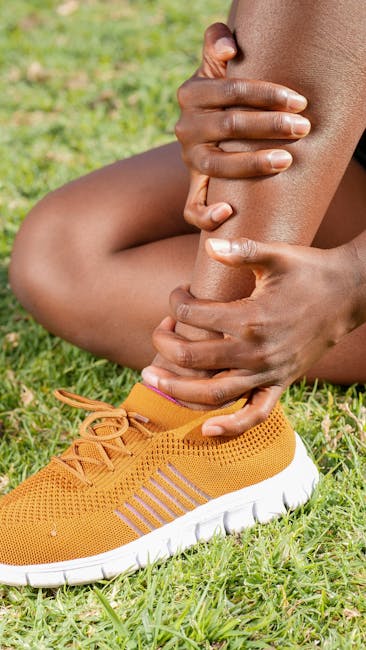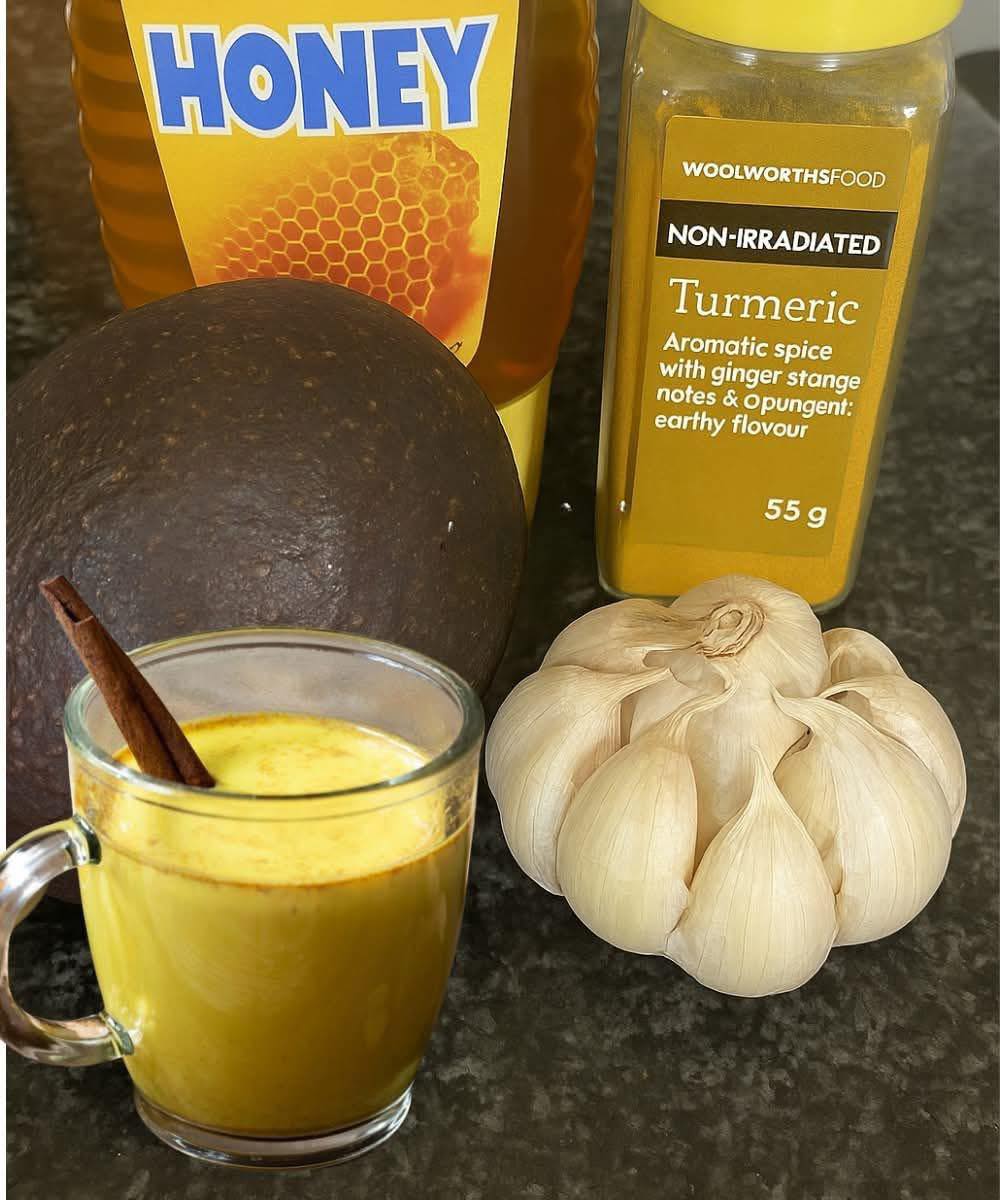Introduction
Are aches and pains in your bones and joints holding you back from enjoying life to the fullest? You’re not alone. Millions suffer from discomfort that can significantly impact their daily activities. The good news? There are strategies you can implement to manage and even alleviate bone and joint pain, allowing you to regain your mobility and zest for life. Let’s explore some effective ways to say goodbye to that nagging pain!

Understanding Bone and Joint Pain
Common Causes of Bone and Joint Pain
Bone and joint pain can stem from a variety of causes, making it crucial to understand the underlying reason for your discomfort. Here are some of the most prevalent culprits:
- Osteoarthritis: A degenerative joint disease where cartilage breaks down over time.
- Rheumatoid Arthritis: An autoimmune disorder that causes inflammation of the joints.
- Injuries: Sprains, strains, fractures, and dislocations can lead to significant pain.
- Bursitis: Inflammation of the bursae, fluid-filled sacs that cushion joints.
- Tendinitis: Inflammation of the tendons, which connect muscles to bones.
- Gout: A form of arthritis caused by a buildup of uric acid in the joints.
- Osteoporosis: A condition that weakens bones, making them more prone to fractures.
Knowing the cause is the first step towards finding effective relief. Consulting with a healthcare professional is crucial for proper diagnosis and treatment.

Recognizing the Symptoms
Identifying the specific symptoms of bone and joint pain is essential for early detection and management. Common symptoms include:
- Stiffness, especially in the morning or after periods of inactivity.
- Swelling around the affected joint.
- Redness and warmth around the joint.
- Limited range of motion.
- Clicking, popping, or grinding sensations in the joint.
- Pain that worsens with activity.
Pay attention to these signals and seek medical advice if the pain is persistent or severe.

Effective Strategies for Pain Relief
Embrace a Healthy Lifestyle
Making positive lifestyle changes can significantly reduce bone and joint pain. These include:
- Maintaining a Healthy Weight: Excess weight puts extra stress on your joints, particularly your knees, hips, and back. Losing even a small amount of weight can make a big difference.
- Regular Exercise: Low-impact exercises like swimming, walking, and cycling can strengthen muscles around the joints, providing support and reducing pain.
- Balanced Diet: Focus on consuming anti-inflammatory foods like fruits, vegetables, fatty fish (salmon, tuna), and whole grains.
- Quit Smoking: Smoking can worsen bone and joint pain by damaging cartilage and reducing blood flow.

Home Remedies and Over-the-Counter Treatments
For mild to moderate bone and joint pain, several home remedies and over-the-counter options can provide relief:
- Heat and Cold Therapy: Applying ice packs or heating pads to the affected area can reduce inflammation and pain.
- Over-the-Counter Pain Relievers: Nonsteroidal anti-inflammatory drugs (NSAIDs) like ibuprofen and naproxen can help reduce pain and inflammation. Acetaminophen (Tylenol) can relieve pain but doesn’t reduce inflammation. Always follow dosage instructions carefully.
- Topical Creams and Gels: Products containing menthol or capsaicin can provide temporary pain relief.
- Epsom Salt Baths: Soaking in a warm bath with Epsom salts can help relax muscles and reduce pain.

Medical Interventions
When home remedies and lifestyle changes aren’t enough, medical interventions may be necessary. These could include:
- Physical Therapy: A physical therapist can teach you exercises to strengthen muscles, improve flexibility, and reduce pain.
- Medications: Your doctor may prescribe stronger pain relievers, disease-modifying antirheumatic drugs (DMARDs), or corticosteroids to manage inflammation and pain.
- Injections: Corticosteroid injections or hyaluronic acid injections can provide temporary pain relief in affected joints.
- Surgery: In severe cases, joint replacement surgery may be necessary to relieve pain and improve function.
Discuss all treatment options with your doctor to determine the best course of action for your specific condition.

Conclusion
Saying goodbye to bone and joint pain is possible! By understanding the underlying causes, implementing healthy lifestyle changes, exploring home remedies, and seeking appropriate medical care, you can regain control over your pain and improve your quality of life. Don’t let pain define you. Take proactive steps today to alleviate your discomfort and start living a more active and fulfilling life. Consult with your healthcare provider to create a personalized plan that’s right for you. Start moving towards a pain-free future!

